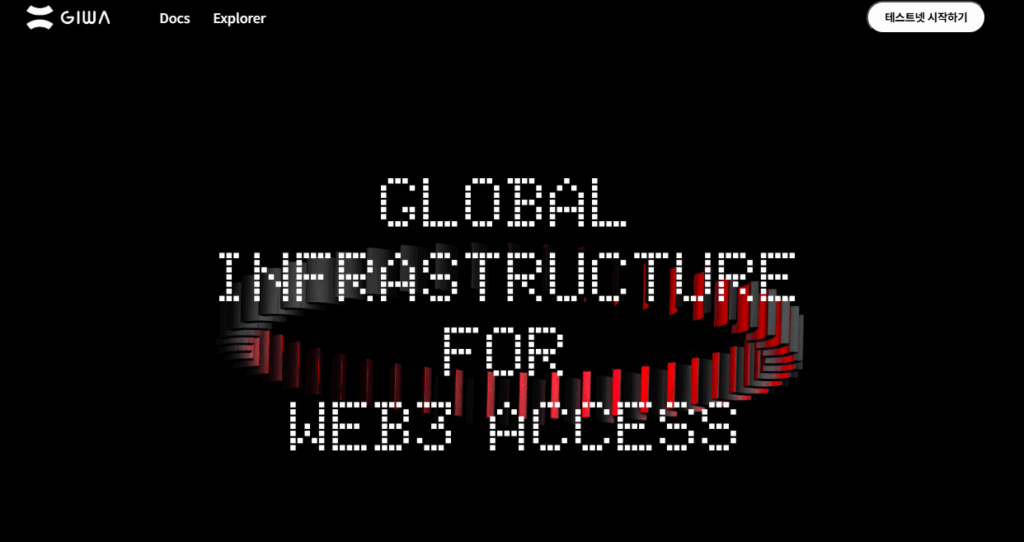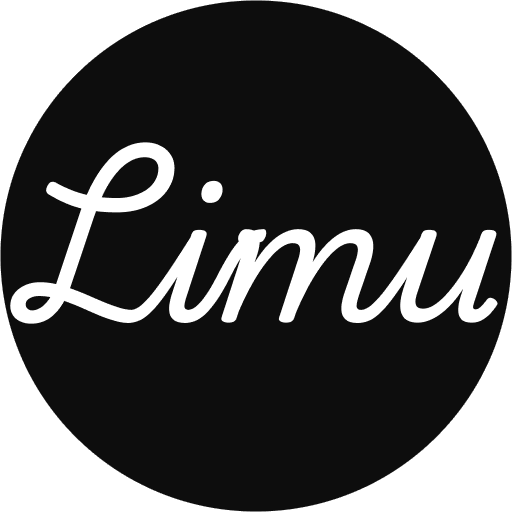Upbit, South Korea’s largest cryptocurrency exchange, officially unveiled its proprietary blockchain, GIWA.
Until now, Upbit had focused primarily on its exchange business, but this move signals not just the addition of a new service—it represents an expansion of the company’s identity.
GIWA is more than a technical experiment. It has the potential to become a gateway that connects Korean users seamlessly to Web3 ecosystems.

What is GIWA?
GIWA is an Ethereum Layer 2 blockchain built on the Optimistic Rollup framework. It inherits Ethereum’s security while addressing limitations of speed and transaction costs. The name “GIWA” comes from Korean traditional architecture: individual roof tiles (giwa) come together to form a strong roof, symbolizing how many participants can unite to create a large ecosystem.
Key features include:
- Optimistic Rollup-based Layer 2
- Average 1-second block creation and ultra-low fees (~1 KRW per transaction)
- Up to 2,000 transactions per second (TPS)
- Full EVM compatibility, allowing existing Ethereum apps and developer tools to be used seamlessly
GIWA is therefore not just a side project to support Upbit’s exchange business. It aims to serve as a full-scale Layer 2 infrastructure that even global developers can adopt.
Why is Upbit Launching Its Own Blockchain?
There are three main reasons why Upbit chose to launch GIWA at this point in time.
First, to keep up with global trends. Leading global exchanges are moving beyond brokerage services and providing blockchain infrastructure. Coinbase (Base), Kraken, and Robinhood have all launched their own Layer 2 solutions, integrating users and services deeper into their ecosystems. Upbit is aligning itself with this movement to remain competitive.
Second, to strengthen user onboarding in Korea. As the number one exchange in the Korean market, Upbit already has a massive user base. GIWA allows these users to access Web3 ecosystems without the friction of complicated processes, effectively lowering the barrier to entry.
Third, to expand long-term corporate value. Relying solely on trading fees has limits. By providing blockchain infrastructure directly, Upbit can generate new revenue streams from network usage fees and ecosystem growth.
To summarize:
- Launching L2 aligns with global exchange trends
- Moves Korea’s user base into Web3 more naturally
- Shifts the company from fee-based brokerage to infrastructure-driven growth
Why L2 Instead of L1?
A common question is, “If Upbit wanted to launch a blockchain, why not build its own L1?” The answer lies in both business strategy and risk management.
First, avoiding conflicts of interest around token issuance. Building an L1 would inevitably require issuing a native token. This can create conflicts between the value of a company’s shares and the value of its token—an especially serious issue for companies preparing for IPOs or already operating with shareholder-focused structures. In contrast, an L2 can operate without a native token, minimizing shareholder and regulatory risks.
Second, limitations in ecosystem expansion. Running a successful L1 requires global developer adoption and massive capital investment. Korean examples like Kakao’s Klaytn and Line’s blockchain show how difficult it is to scale an L1 ecosystem. By contrast, an L2 inherits Ethereum’s liquidity and security, while being more lightweight and sustainable to operate.
In short:
- Token-free L2 → avoids shareholder conflicts and regulatory risks
- Ethereum-based L2 → stable, efficient ecosystem expansion
GIWA Wallet and GIWA ID
Alongside GIWA, Upbit has also introduced GIWA Wallet, a user-friendly solution for interacting with Web3. This ensures that the blockchain is not only an infrastructure play but also provides accessible entry tools for users.
- GIWA Wallet
- Multi-chain support and integrated asset view
- Import support for external wallets such as MetaMask
- Optional KYC (Verify) available for those who need it
- In case of hacks, KYC can be revoked and reissued
- GIWA ID (Soulbound Token-based)
- A digital identity linked 1:1 with a wallet, implemented as a Soulbound Token (SBT)
- Non-transferable, ensuring enhanced security
- Can be revoked after a 90-day grace period if issues arise
This structure goes beyond a simple wallet service. It establishes an on-chain identity layer that links directly to Upbit accounts, reinforcing trust and usability.
Will GIWA Have Its Own Token?
According to all information disclosed so far, there is no native GIWA token. This is not an oversight but a deliberate strategic decision.
- Token-free L2 → avoids shareholder conflicts
- Regulatory-friendly design → minimizes potential legal risks
- Aligns with global models such as Coinbase’s Base and Kraken’s L2
This approach demonstrates that GIWA can expand its ecosystem and build revenue models without relying on a token. It also underscores that Upbit is prioritizing stability above all else.
The Significance and Impact of Upbit’s L2
GIWA is not just an auxiliary service for Upbit’s exchange. It could redefine the direction of the Korean crypto industry and potentially become a new national standard for Web3 entry.
- A user onboarding hub → Korean users can enter Web3 simply with their Upbit accounts
- Aligned with global standards → matches Coinbase Base and other exchange-led L2s
- Regulatory-friendly growth → token-free L2 reduces conflicts with financial regulators
- Domestic ecosystem expansion → Korean startups may adopt GIWA as their primary blockchain
Conclusion: Korea’s New Gateway to Web3
The launch of GIWA marks a turning point for Upbit’s role in the industry. The company is no longer just a brokerage service but is positioning itself as Korea’s largest Web3 onboarding hub and a globally competitive L2 provider.
- Token-free L2 ensures stability and regulatory alignment
- A massive user base provides the largest entry point into Web3 in Korea
- Strategic alignment with global exchanges strengthens international competitiveness
The key question now is how quickly GIWA can attract developers and projects, both domestic and international. One thing is certain, however: a new chapter in Korea’s blockchain industry has already begun.

